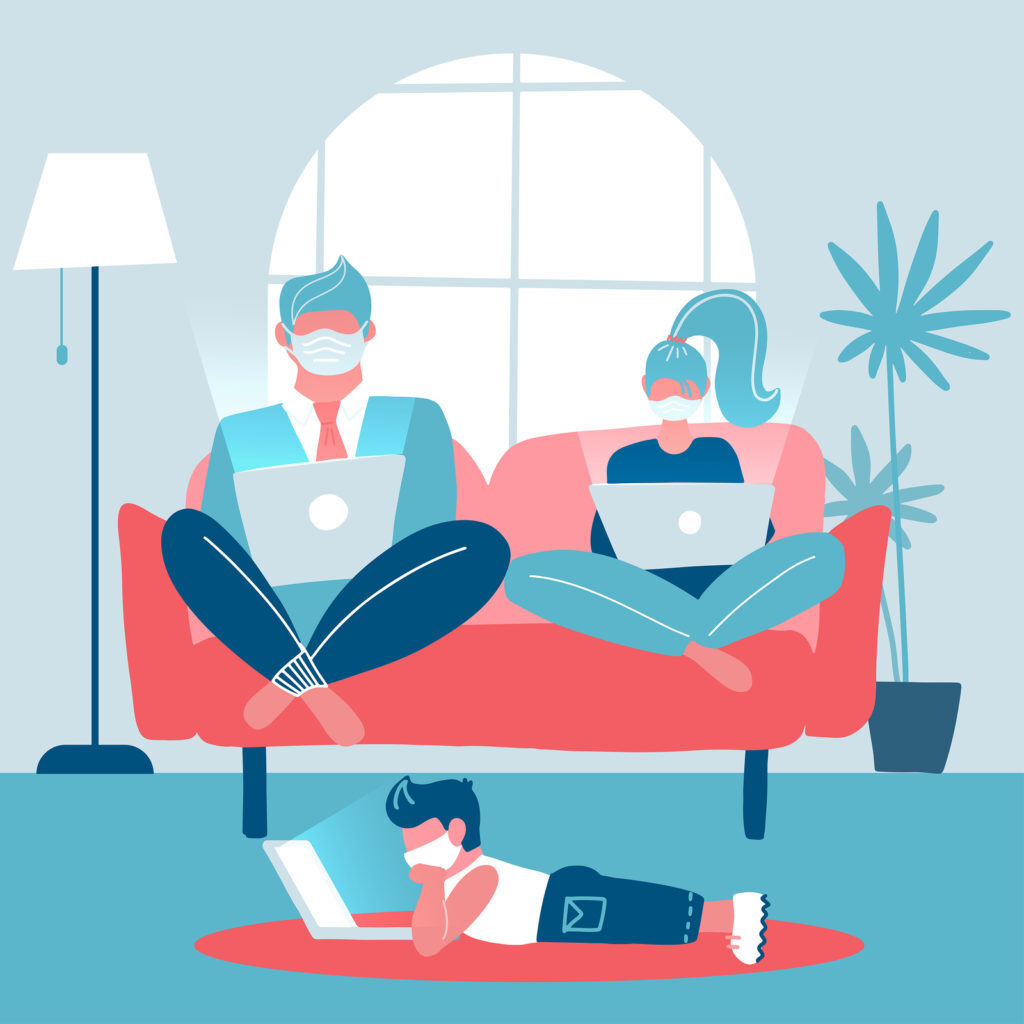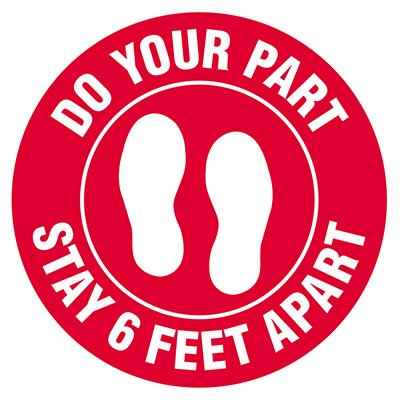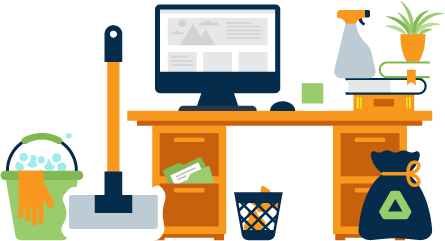For thousands of employers, and millions of employees, returning to the workplace after an extended period of sheltering-at-home could be a difficult experience. The need for a level of certainty, a desire to return to normal, and the potential for liability will be chief among the concerns businesses and workers will face in the coming weeks and months. These concerns are not misplaced. Covid-19 has revealed many issues that must be addressed – from business meeting protocols to elevator manners, from how we get to and from the workplace to the clutter we leave on our desks at the end of the day.

In many ways, businesses have done a remarkable job of pivoting, in the face of Coronavirus. Those which were well-positioned to work remotely adapted quickly, carrying on business as seamlessly as possible – many times leveraging technologies that were completely new to them, learning as they went, as they stayed connected, collaborating, and continuing with “face-to-face” time.

Of course, a significant number of jobs and businesses are simply not suited to remote work. Many rely on proximity, and don’t have the luxury of maintaining healthy distances. Others just demand a presence that cannot be satisfied remotely. These suffered most from stay-at-home orders.
In any case, as we look toward the future, workplaces will need to be re-imagined, with the goal of a somewhat different “business as usual” in a post-Covid age.
Earlier this year, DBI began a series of articles looking at “The Office of the Future,” primarily at technology in the workplace, and touched on some of the technologies, like video chat, that played a role in the response to Covid-19 (see https://www.dbia.com/7265-2/). Over recent weeks, additional pressures brought to bear by the novel Coronavirus are continuing to shape discussion of what the workplace should look like, and how it should be designed. Internally, DBI designers and architects are taking a fresh look at the needs and requirements of the workplace.
The topics we are exploring are:

- What should businesses be thinking about NOW, with regard to the workplace? What is feasible and reasonable, in terms of immediate action?
- What guidance can DBI offer clients, about existing spaces and spaces still in development?
- What role does HVAC play in creating healthy interior environments?
- Moving forward, how will finishes change, with regards to cleanability, microbial resistance, washable surfaces, etc.?
- How can UV lighting be integrated into design?
- Will the Six-Foot Rule last forever?
- How can desk hoteling, rolling start times, and remote working help make a healthier workplace?
The most critical issue for businesses is how to safely return to the workplace, without touching off a second spike in infections. It’s important to keep in mind that we are – all of us – still in the early phases of research and response. As such, we must not jump to conclusions about what constitutes the “new normal.” It’s important to keep in mind that any response today is subject to change, based on emerging data. It’s also important to acknowledge that responses might necessarily be different from region to region, business to business, or even office to office. Cultural contexts must be considered, and customized responses must be developed.
It’s important to note, too, that a vaccine for Covid-19 will almost certainly be developed. When the world gains an immunity to this particular invisible enemy, it’s likely that we will relax. But this novel Coronavirus has shown us is that there is no good time for a crisis to come up.
Over the coming weeks, DBI will be reaching out to the business community, offering evaluations of workplaces. Those evaluations will assess the cleanability of surfaces, make suggestions for seating, and offer recommendations to reduce crowding in lobbies, elevators, hallways, and stairwells. There are ways to mitigate against the casual “collisions” of the workplace without stifling teamwork and collaborative activities.
DBI will continue our research. We will continue watching the data and experimenting with design. Look for additional communications on this subject examining:
- research and immediate approaches on furniture, finishes, and materials;
- office hygiene;
- home/remote office solutions;
- surveys of developers, building engineers and contractors; and
- potential impacts on construction costs.

In the meantime, if you have questions about the healthiness of your workplace, or if you’d like to get started with an workplace evaluation, please reach out to your regular DBI contact, or call us at 703.787.0882.
